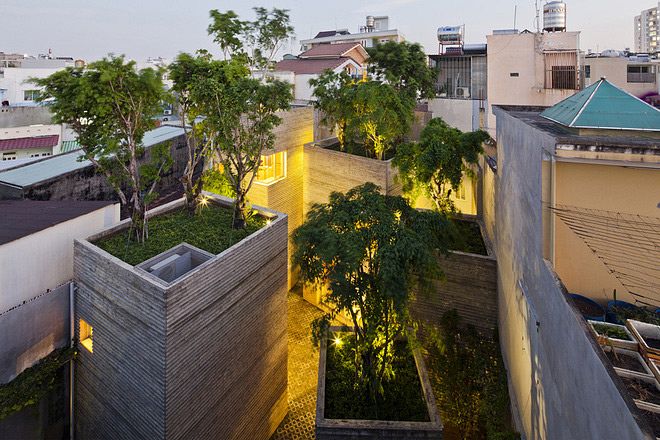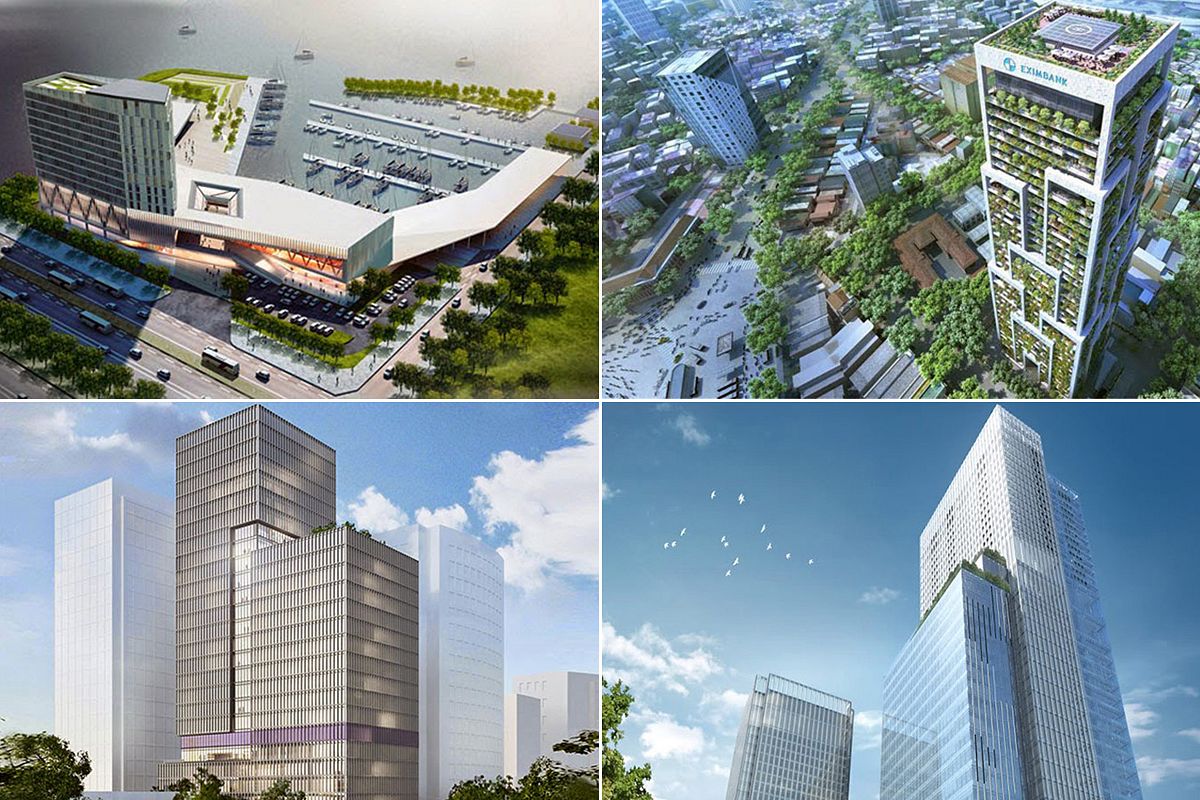As Vietnam continues on its long, arduous path toward nuclear power, experts have highlighted the need for a sound nuclear waste disposal policy.
Related Articles:
- Vietnam’s First Nuclear Power Plant Faces Another Setback
- [Photos] Inside Vietnam's Only Nuclear Reactor
- US to Provide Vietnam with Nuclear Fuel
At the second Nuclear Regulations Conference that ended on May 22 in Da Lat, scientists said that the country must have clear regulations to dispose of nuclear waste before the reactors at the Ninh Thuan nuclear power plant, Vietnam’s first, become operational, reports VietnamNet.
The meeting attracted over 400 local and international scientists and experts, including members of the International Atomic Energy Agency (IAEA), many of whom suggested that the State manage radioactive waste.
Vietnam currently has two agencies that store this toxic material - the Radioactive Management Unit of the Da Lat Nuclear Research Institute and the Hanoi-based Centre of Radioactive Wastes Management. These organizations, however, do not accept external shipments, leaving those with such materials to dispose of it on their own.
"If those outside units cannot make a deal with material provider countries to take back wastes after use, they will have no choice but to keep such wastes at their make-shift storage," said Nguyen Nu Hoai Vi, Director of the Nuclear Control Division of the Vietnam Agency for Radiation and Nuclear Safety. "As such storage is not specially designed to keep radioactive wastes for long, it poses a serious threat to national safety and security."
The construction of Vietnam’s first nuclear power plants have already been delayed five years due to safety concerns and legal issues. The country plans to build 8 nuclear power plants by 2030.
While it’s great to see Vietnam addressing this major issue, no country in the world has figured out a long term solution to safely dispose of or store nuclear waste, making it the technologies Achilles’ heel.
With a 250,000 year halflife, some countries have been forced to explore some wonky options including “firing nuclear waste into the sun, placing it in Antarctic ice sheets so it sinks by its own heat to the bedrock, or putting it under Earth's crust so it is sucked to the molten core,” according to The Guardian.
Even the United States, with around 104 operating nuclear reactors, has faced major issues when it comes to storing its 71,862 tons of radioactive waste.
Though the country spent over $38 billion on Yucca Mountain, its only nuclear waste facility, President Obama has been pushing for the site’s closure for years, citing concerns about the geological safety of the site and the challenges of transporting radioactive waste over long distances.
Maybe we should just wait for a moon covered with solar panels?














